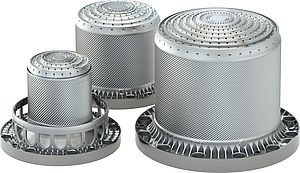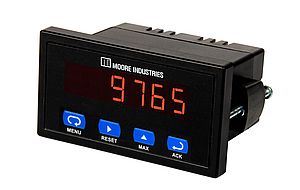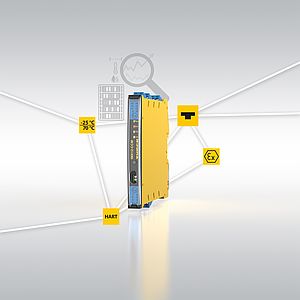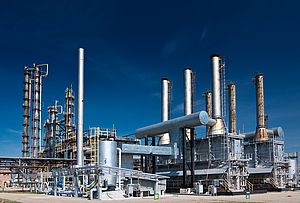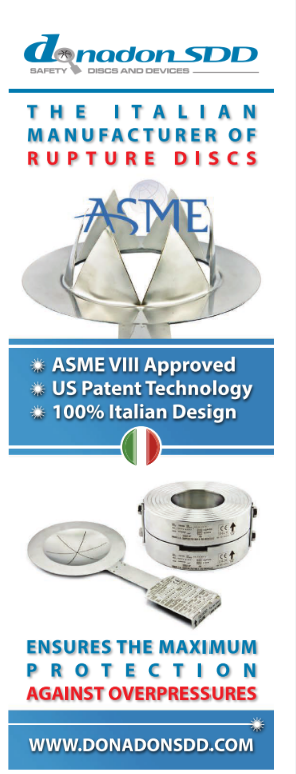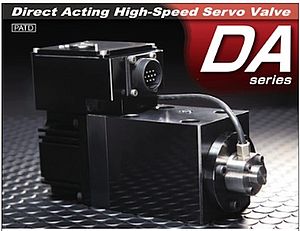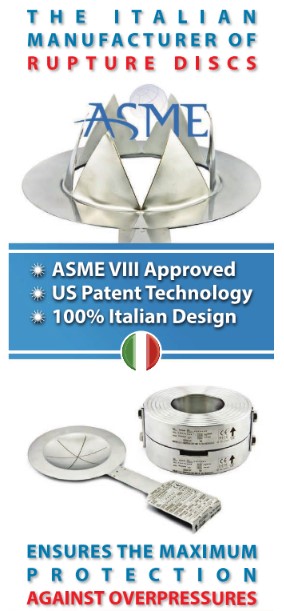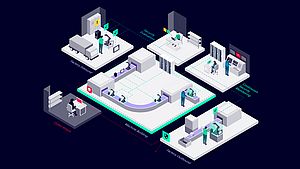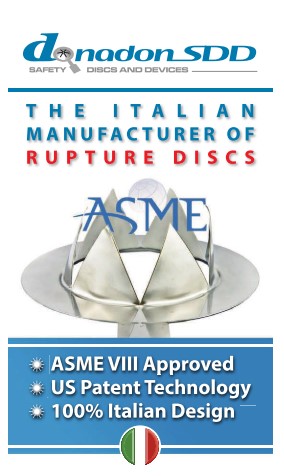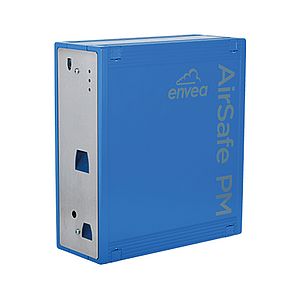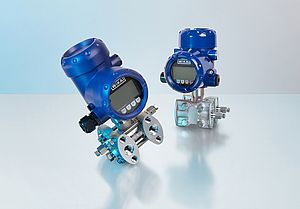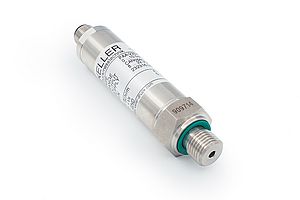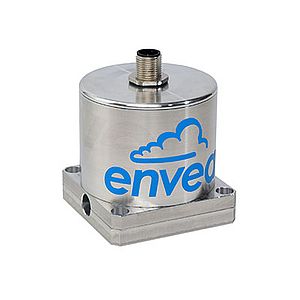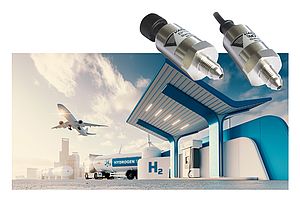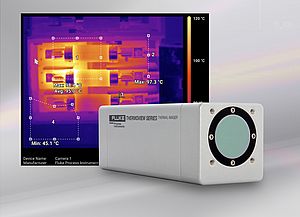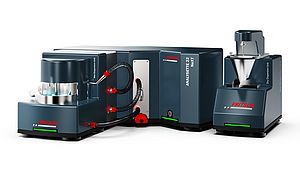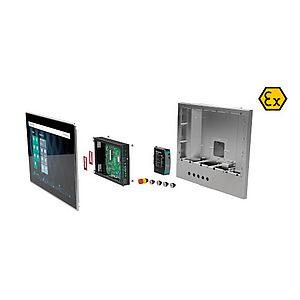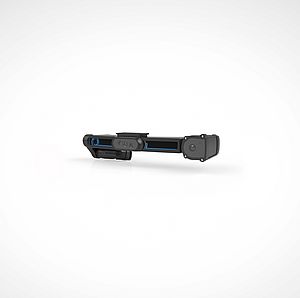At the last edition of SPS IPC Drives Show, ODVA held a media briefing where it was reported that - according to IHS Markit - EtherNet/IP continues to represent the largest number of new nodes of industrial Ethernet networks shipped, at approximately 25% share of market. IHS Markit is an international analyst firm who reported EtherNet/IP's share of market as part of its Industrial Communications Intelligence Service for 2017.
The EtherNet/IP technology is defined in The EtherNet/IP Specification published by ODVA. This specification, and ODVA's process for enhancing the specification, ensure that the technology is open, non-proprietary and future-proof. Another key component in the strength of EtherNet/IP's value proposition is ODVA's conformance testing for EtherNet/IP products, which provides users with assurance that EtherNet/IP products will interoperate in multi-vendor systems. First released by ODVA in 2001, today EtherNet/IP is supported by a large ecosystem of solution providers for the automation of industrial processes. Thousands of EtherNet/IP products are available for applications in discrete, hybrid and process industries with support for distinctive services for cybersecurity, functional safety, energy management, time synchronization and motion control.
Ethernet/IP in Industrial Processes
The number one position of EtherNet/IP among industrial Ethernet networks shows that Industry has clearly accepted EtherNet/IP as the premier workhorse for the automation of industrial processes and the integration of OT with IT, stated Katherine Voss, president of ODVA. EtherNet/IP adoption will continue to grow, not only as the overall rate of connectivity increases, but also as a result of penetration of Ethernet and Internet technologies into new applications previously served by legacy networks and fieldbuses, replacement of proprietary networks and IIOT-centered applications.
In 2016, EtherNet/IP maintained its position in the market for industrial Ethernet accounting for 25% of all new Ethernet nodes shipped, stated Susanne Cumberland, analyst for IHS Markit. Adoption of EtherNet/IP is expected to remain strong as one of the technologies and standards well positioned to benefit from the overall growth in IP-connected devices.







